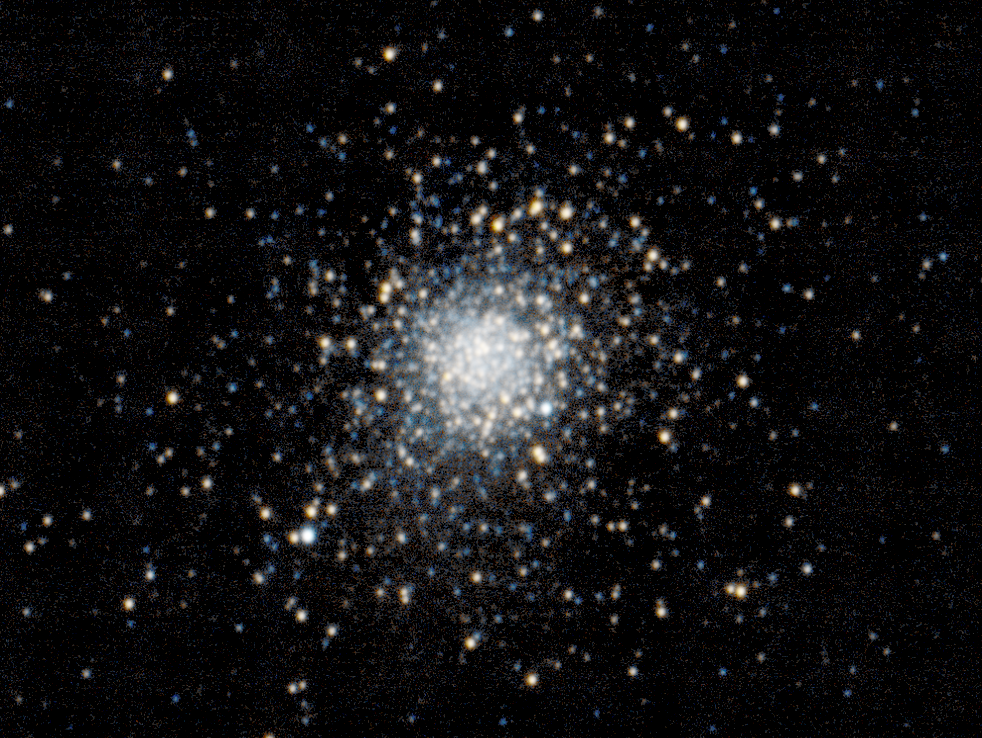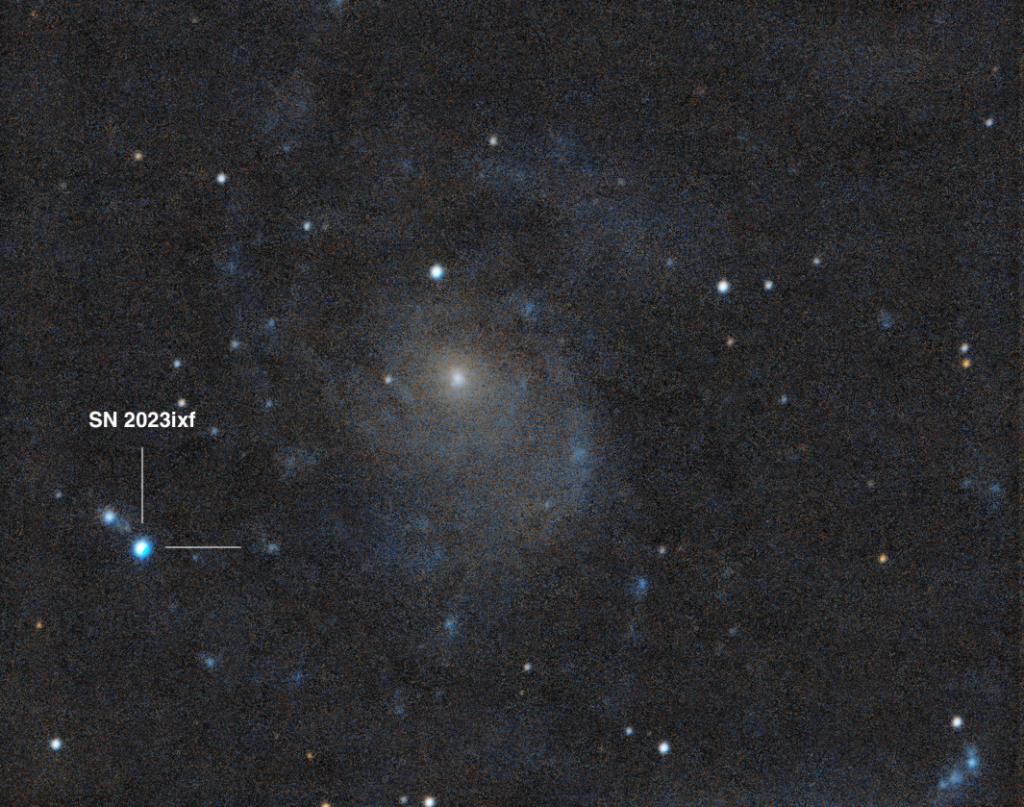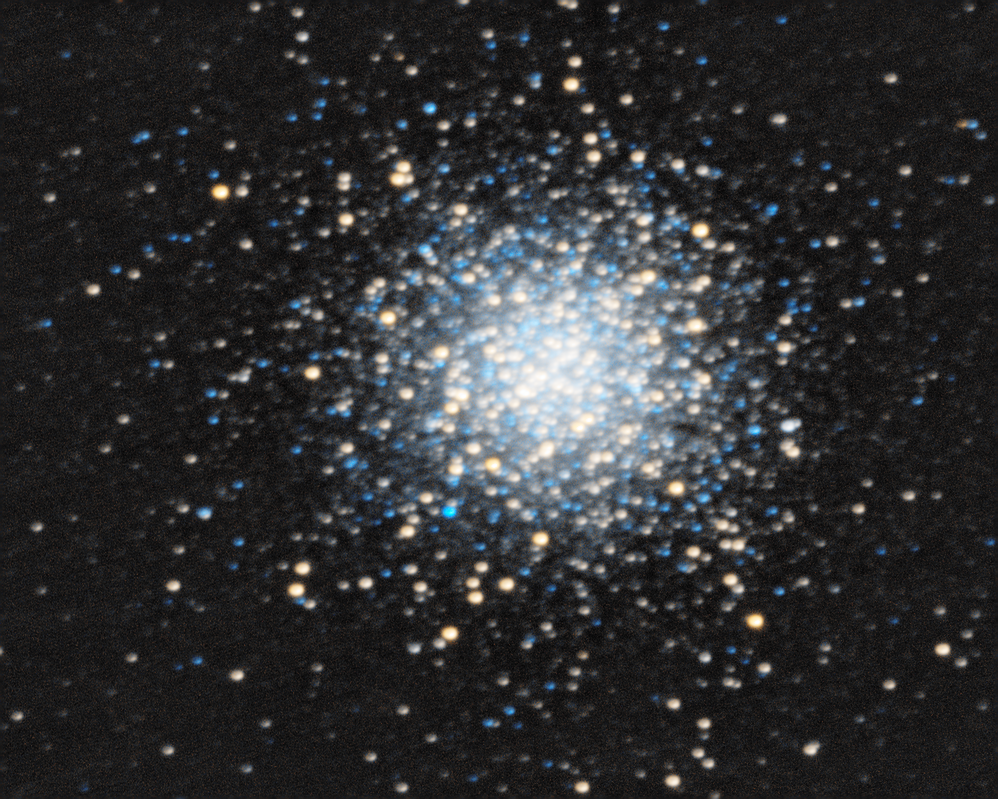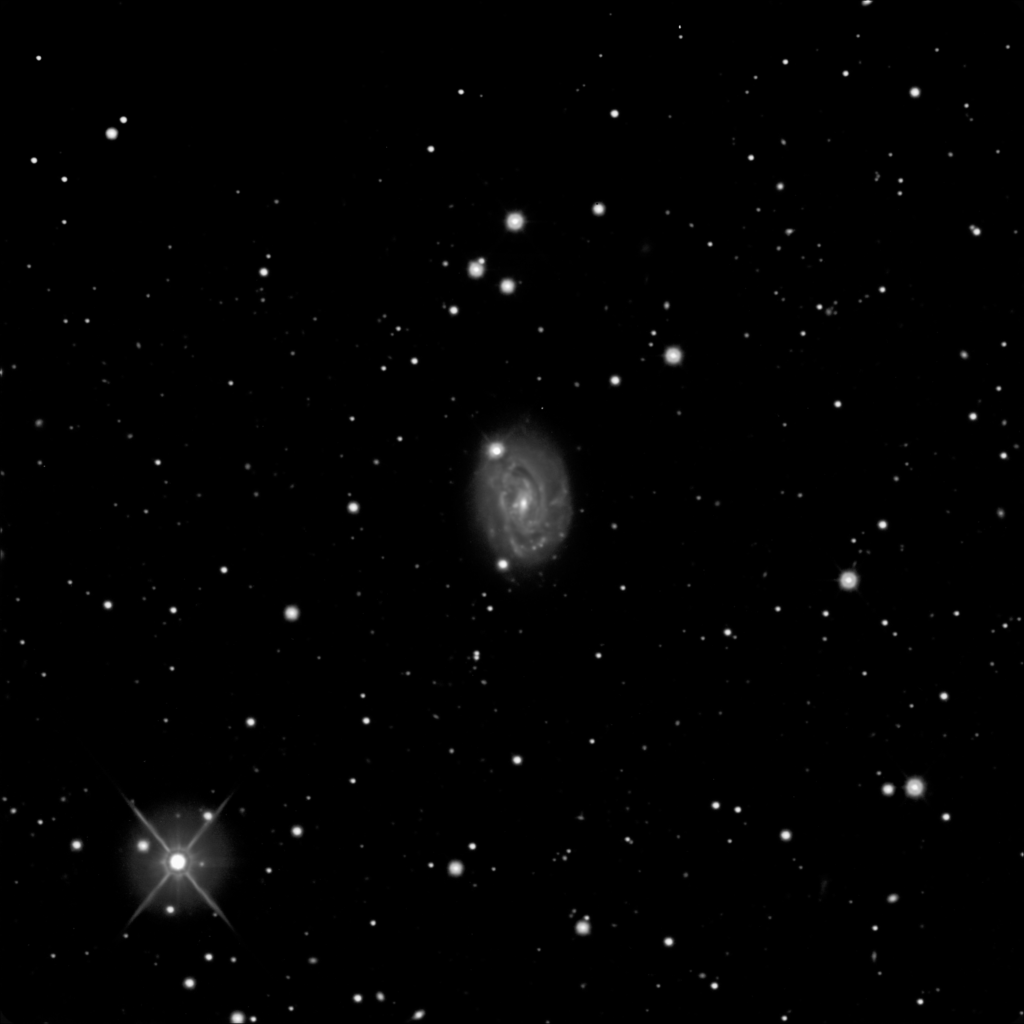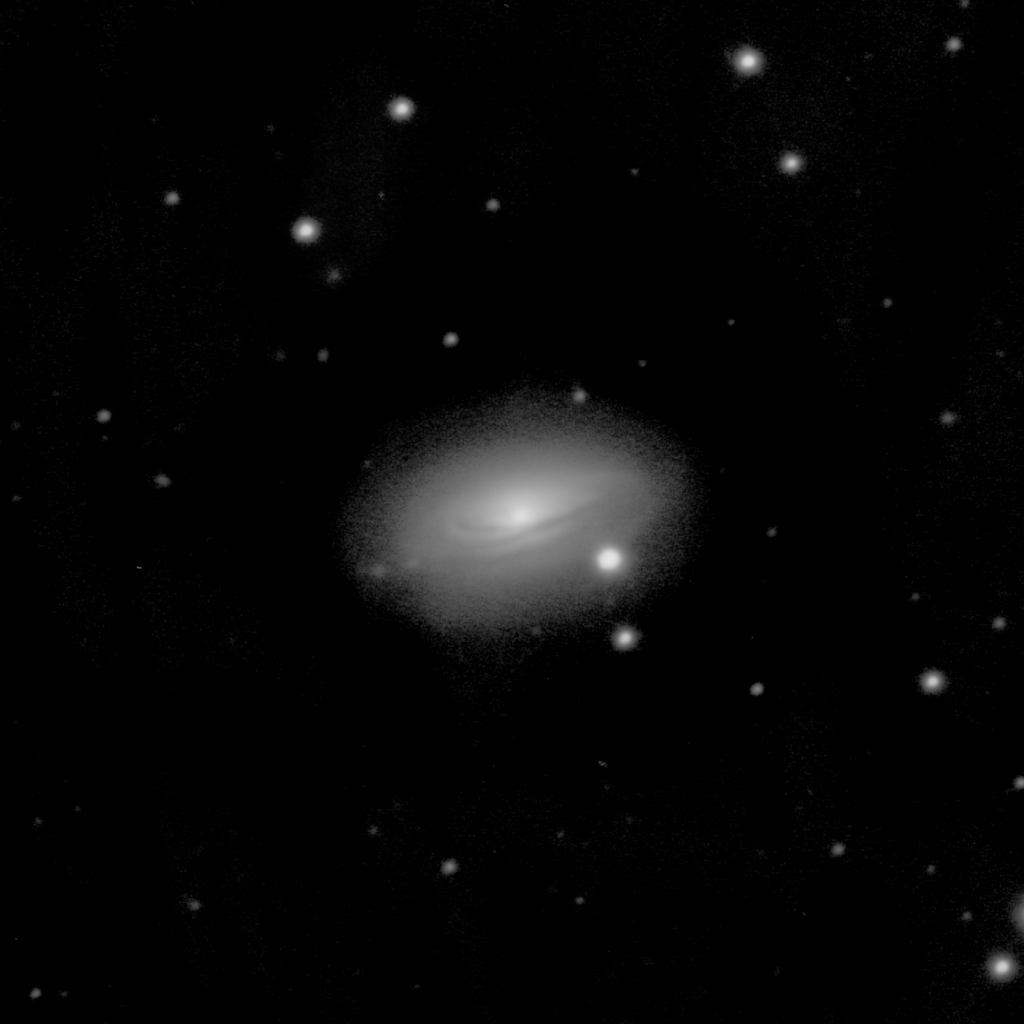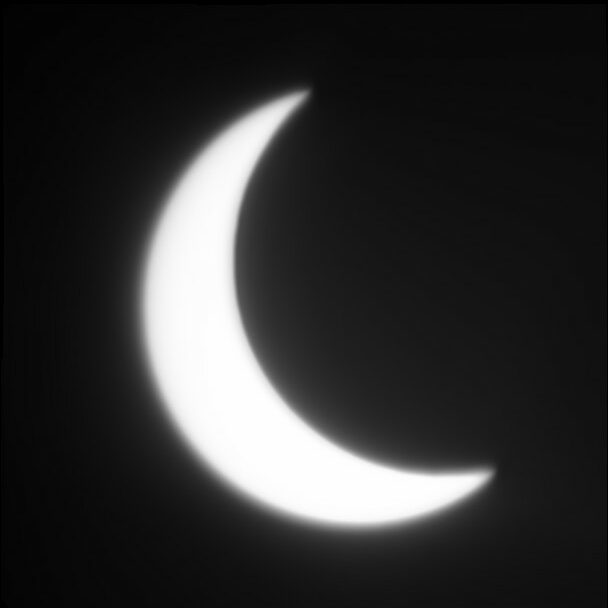This page contains images captured using equipment including research telescopes at the Las Cumbres Observatory, the Maryland Space Grant Consortium 20-inch Morris W. Offit Telescope at Johns Hopkins University and, most recently, cooled CMOS cameras connected to astrographs. Click images for full version.

Western Veil Nebula
This image consists of narrowband H-alpha, SII, and OIII data for the nebula, along with broadband RGB data for the stars to preserve their color temperature. The stars and nebula were separated and recombined using StarNet as integrated into Siril. Two hours of exposure time reveal intricate structures in this supernova remnant. Special thanks to Jack P. and Sean L. for processing tips and lending equipment.

Eastern Veil Nebula
Combined with the previous image, these two nebulae form the Cygnus loop. One small section of this object was photographed by the Hubble Space Telescope, revealing motion within the filaments over the course of 20 years. Taken with Jack P. and Sean L. over multiple nights, consisting of eight hours of total exposure.

Triangulum Galaxy (M33)
As the third largest galaxy in the Local Group, M33 has active star-forming regions which can be seen as bright red regions in this photo. Taken with Jack P. and Sean L.

Total Solar Eclipse, April 8, 2024
The above image is a high-dynamic range (HDR) image of the solar corona, consisting of exposure times spanning three orders of magnitude. In total, 42 images (six sequences of seven bracketed images each) were stacked to create the composite. Images were taken in northeastern Ohio, where cirrus clouds blanketed the sky. Fortunately, visible observing was not affected. The corona is visible up to more than three solar radii above the surface of the sun. Taken using a Canon 90D with a 250mm lens.

Orion Nebula
This somewhat out-of-focus image of the Great Orion Nebula combines 90 minutes worth of images from a DSLR. Taken together with Chris W. and Alexander Y.

The same Orion Nebula taken using an Askar FMA180 Pro with a barlow lens to increase magnification.

Ring Nebula (Messier 57)
The Ring Nebula in narrowband H-alpha and OIII. A total of 20 minutes of integration time was used to create this image.
Jupiter
Jupiter captured in color on a night of good seeing. Used ‘lucky imaging’ on a set of 250 images. Scroll right for Jupiter and its moons.
Messier 5
M5 imaged on May 21, 2023, with five minutes of images acquired in each of Red, Blue, and Green filters.
Dumbbell Nebula (Messier 27)
This narrowband image (HOO palette) of M27 contains more than eight hours of data collected over several nights. Click on arrows to see images of shorter integration times for comparison.
Messier 101 and Supernova
This image of M101 shows the bright supernova SN 2023ixf and was captured on May 21, 2023, four days after the initial discovery. This supernova was the closest to earth since 2014. Also featured in the Maryland Space Grant Consortium image gallery. Images collected with William B.
Messier 13
This is an image of M13, one of the larger and brighter globular clusters in the night sky. Despite being slightly out of focus, this image still reflects the beautiful colors of the cluster.
Messier 3
Yet another globular cluster, imaged through red, green, and blue filters. 5x60s exposures for each band.
Serendipitous Capture of NGC 3508
Data collected in the I-band from four 1-meter telescopes at the Las Cumbres Observatory. This image is the result of stacking 452 images used to search for a new possible exoplanet and boasts 19 hours of integration time. It is featured on the LCO image gallery and is currently the best publicly available image of this spiral galaxy.
Dusty NGC 1534
NGC 1534 is a lenticular galaxy in the Reticulum constellation. Circling its center are at least three dark bands, which are due to dust absorption characteristic of some lenticular galaxies.


